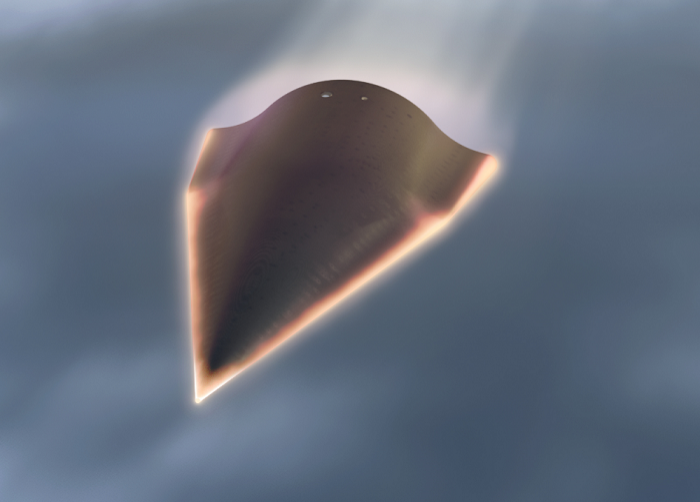Falcon HTV2 Loses Contact; Five Fastest Aircraft After HTV2

The Falcon Hypersonic Technology Vehicle 2, tested by the U.S. Defense Advance Research Projects Agency Thursday, was supposed to be fastest aircraft ever flown.
The experimental aircraft was launched on a Minotaur IV Lite rocket from Vandenberg Air Force Base in California, successfully separated and then lost telemetry contact in the glide phase.
Some of the news tweets on Twitter from DARPA (@DARPA_NEWS) suggested that the aircraft lost telemetry, but later tweets stated: "Downrange assets did not reacquire tracking or telemetry. #HTV2 has an autonomous flight termination capability".
With no further information coming from DARPA, it is unclear how many of the mission's goals were achieved.
The arrow-shaped aircraft is fast enough to travel from New York to Los Angeles in just 12 minutes and it can withstand temperatures hotter than the melting point of steel, DARPA said. It also has the ability to send a missile to an identified target within an hour.
The HTV-2 was meant to surpass these, the five fastest aircraft in the world:
X-43
The unmanned X-43 is an experimental hypersonic aircraft from NASA's Hyper-X program. With a speed of Mach 9.8, it has set several airspeed records for jet-propelled aircraft.
X-15
The North American X-15 was designed to explore the problems of flight at very high speeds and altitudes. The rocket-powered research aircraft after its initial test flights in 1959 became the first winged aircraft to attain hypersonic velocities of Mach 4, 5, and 6 (four to six times the speed of sound) and to operate at altitudes well above 30,500 meters (100,000 feet). X-15 is the fastest manned aircraft in the world.
MiG-25 Foxbat
This was the USSR's answer to the design in the U.S. of fast, high-flying aircraft as the B-70, F-108 and SR-71. The MiG-25 lacked technological refinement, but its performance caused much concern in the West. Its practical speed was limited to Mach 2.83 mainly by controllability problems (available thrust was sufficient to reach Mach 3.2).
X-2
The Bell X-2 was developed to provide a vehicle for researching flight characteristics in excess of the limits of the Bell X-1 and D-558 II.
Providing adequate stability and control for aircraft flying at high supersonic speeds was only one of the major difficulties facing flight researchers as they approached Mach 3.
XB-70 Valkyrie
The North American Aviation XB-70 Valkyrie was the prototype version of the proposed B-70 nuclear-armed deep-penetration bomber for the U.S. Air Force's Strategic Air Command. Designed by North American Aviation in the late 1950s, the Valkyrie was a large six-engined aircraft able to fly Mach 3+ at an altitude of 70,000 feet (21,000 meters), which would have allowed it to avoid interceptors, the only effective anti-bomber weapon at the time.
© Copyright IBTimes 2024. All rights reserved.




















